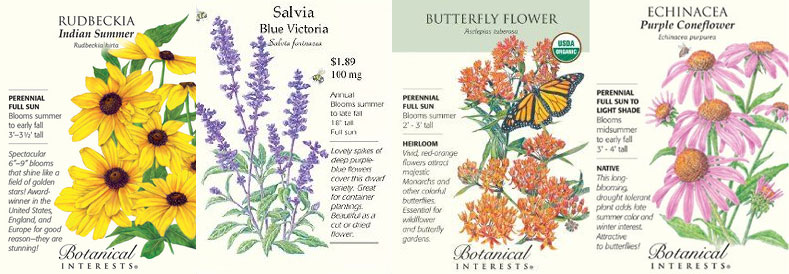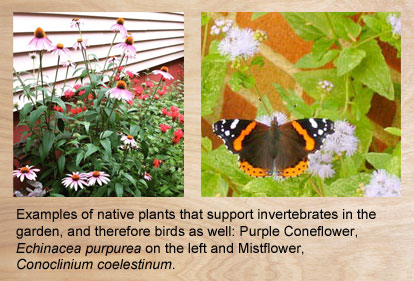Choosing Plants for Winter Interest
I’ve known for a long time my garden could stand to look better in winter. Now is a good time to start planning for next year, because I can actually see what looks good in my garden right now and what does not. I walked my garden and made notes about what looks attractive to me. I think the dead parts of perennial plants that are dried and brown and left standing look nicer than empty space but some of my neighbors don’t agree. In winter as a compromise to keep peace I keep some dead stems standing but remove others that are in conspicuous places.
Since no one is going to mind more greenery, I want to add more plants to my garden that are still green at this time of year. First I walked my garden to see what plants I already have are still green and I will plan to add more of those to my garden during this coming growing season. I made diagrams showing where I would put them, since it’s easier to imagine where they will look good this time next year than in other seasons when there are lots of other things to distract the eye.
Another good way to get ideas for what plants look good right now is to make an outing to the Missouri Botanical Garden and pick out a section that has similar conditions to your own garden and see what is green. If you’re not sure exactly what your conditions are, explore a part of the garden that has some of the same plants that do well for you. If you’re interested in year-round flower possibilities, they always have a display of what is flowering now in the Visitor’s Center. Yes there are some plants that are in flower outdoors in mid-January, I saw some in the Bird Garden!
Before my recent Master Gardener class in Mid-January, I arrived at the garden early and walked the English Woodland Garden which is the most similar to my own conditions. I wrote down the names of four plants that not only look great right now but are native to Missouri or if not to Missouri at least to this continent. This is my wish list of plants I would like to acquire this year:
Winter Scouring Rush – Equisetum hyemale
Wood Lily – Trillium luteum
Allegheny Spurge – Pachysandra procumbens
Christmas Fern – Polystichum acrostichoides
Other than trying to add more plants that stay green in winter, there are other options to improve your yard and garden in the cold season. Common recommendations are using evergreens and woody plants with interesting stems or bark to reduce reliance on herbaceous plants to hold the garden design together. You could also add to the hardscape with attractive features such as walls, fences and garden sculptures. The Japanese Garden at Missouri Botanical Garden is a good place to see examples of all these suggestions. The style of garden seen here features many beautiful flowers in season but flowers were never meant to be the focal point of the Japanese garden so the permanent plantings and structures found here create a landscape that can be enjoyed at any time. I took these photos after the recent snowfall in our area.

 The Japanese Garden is not the only spot to appreciate winter plantings. These dried Hydrangea flowers left standing are a lovely color and look nice with a cap of snow. If you have plants with parts that look attractive dried, don’t be so quick to cut them down in the fall or you may miss out on some nice winter effects.
The Japanese Garden is not the only spot to appreciate winter plantings. These dried Hydrangea flowers left standing are a lovely color and look nice with a cap of snow. If you have plants with parts that look attractive dried, don’t be so quick to cut them down in the fall or you may miss out on some nice winter effects.
 Something like this urn arrangement could be a lot of fun to make if you have access to natural plant material that sports different colors and textures in winter. Here the gardeners have taken advantage of attractive buds, naturally colorful branches and foliage, and dried flowers to create a subtle but beautiful arrangement. You could simulate this look with artificial plants if you don’t have natural material to use. When the rest of the landscape is either dried and brown or white with snow, subtle colors can be very effective.
Something like this urn arrangement could be a lot of fun to make if you have access to natural plant material that sports different colors and textures in winter. Here the gardeners have taken advantage of attractive buds, naturally colorful branches and foliage, and dried flowers to create a subtle but beautiful arrangement. You could simulate this look with artificial plants if you don’t have natural material to use. When the rest of the landscape is either dried and brown or white with snow, subtle colors can be very effective.
Winter is something I kind of endure rather than enjoy most of the time, but I find that the more I get out in it the better mood I am in. Why not try to extend your enjoyment of your garden to another season with some of these ideas?

